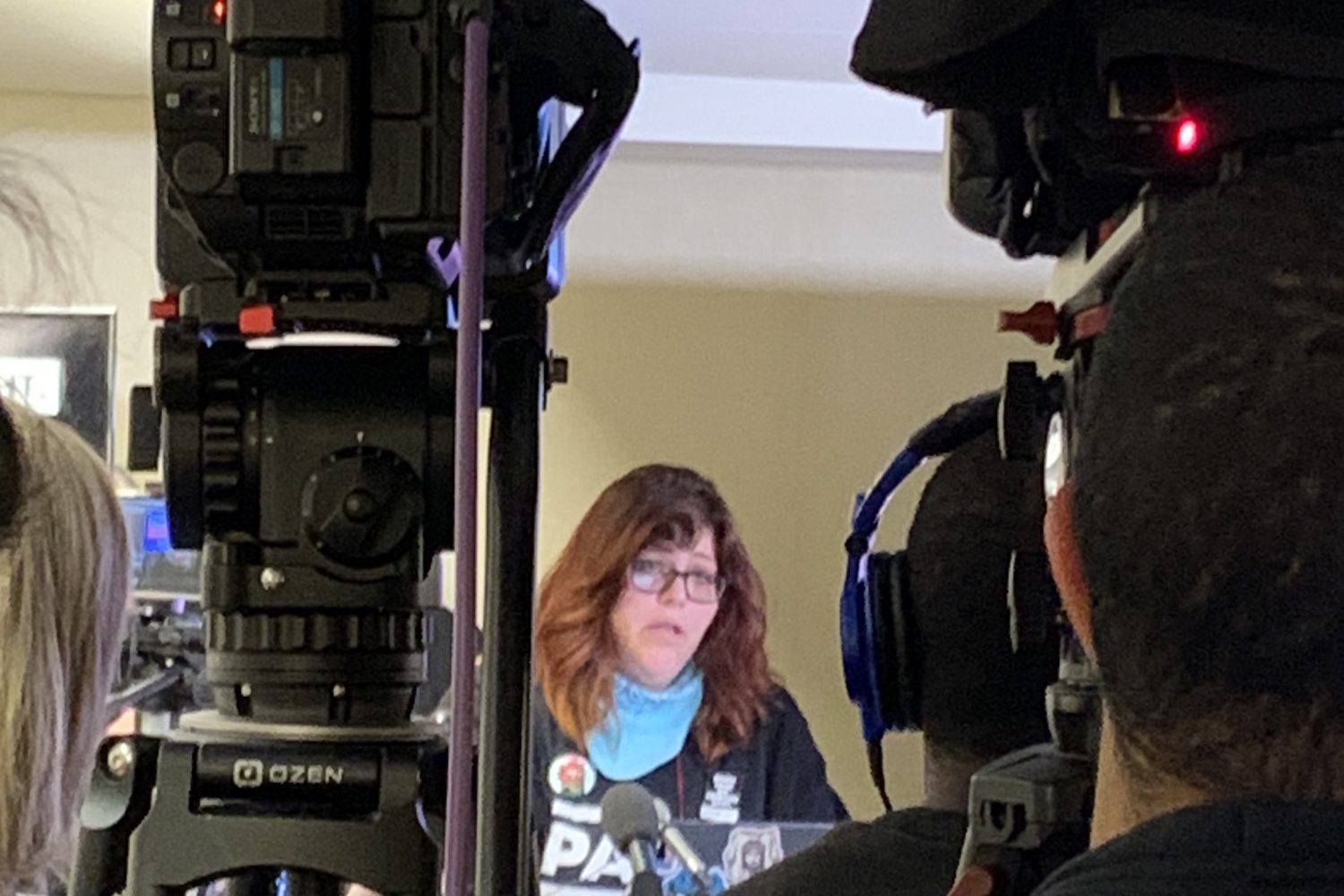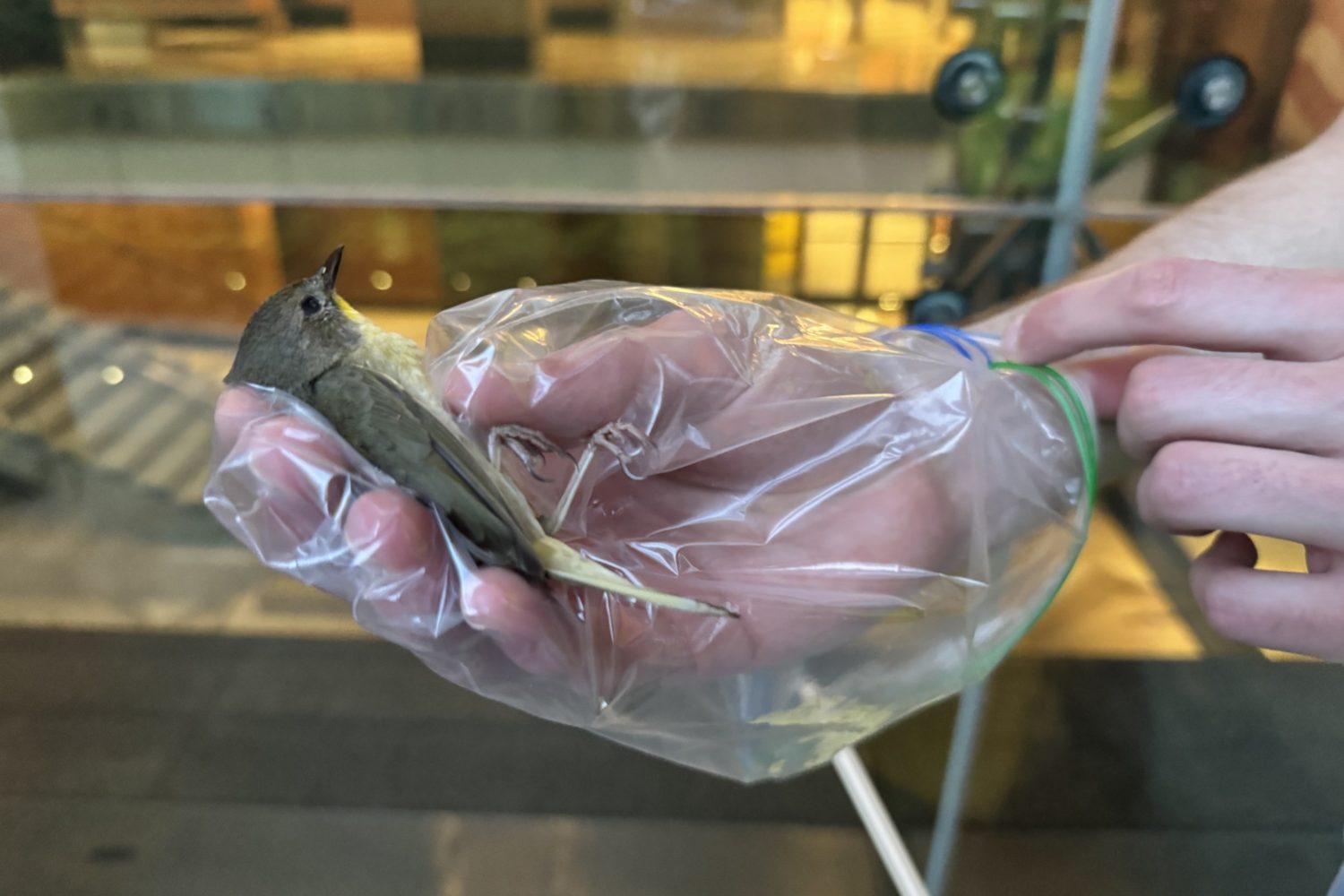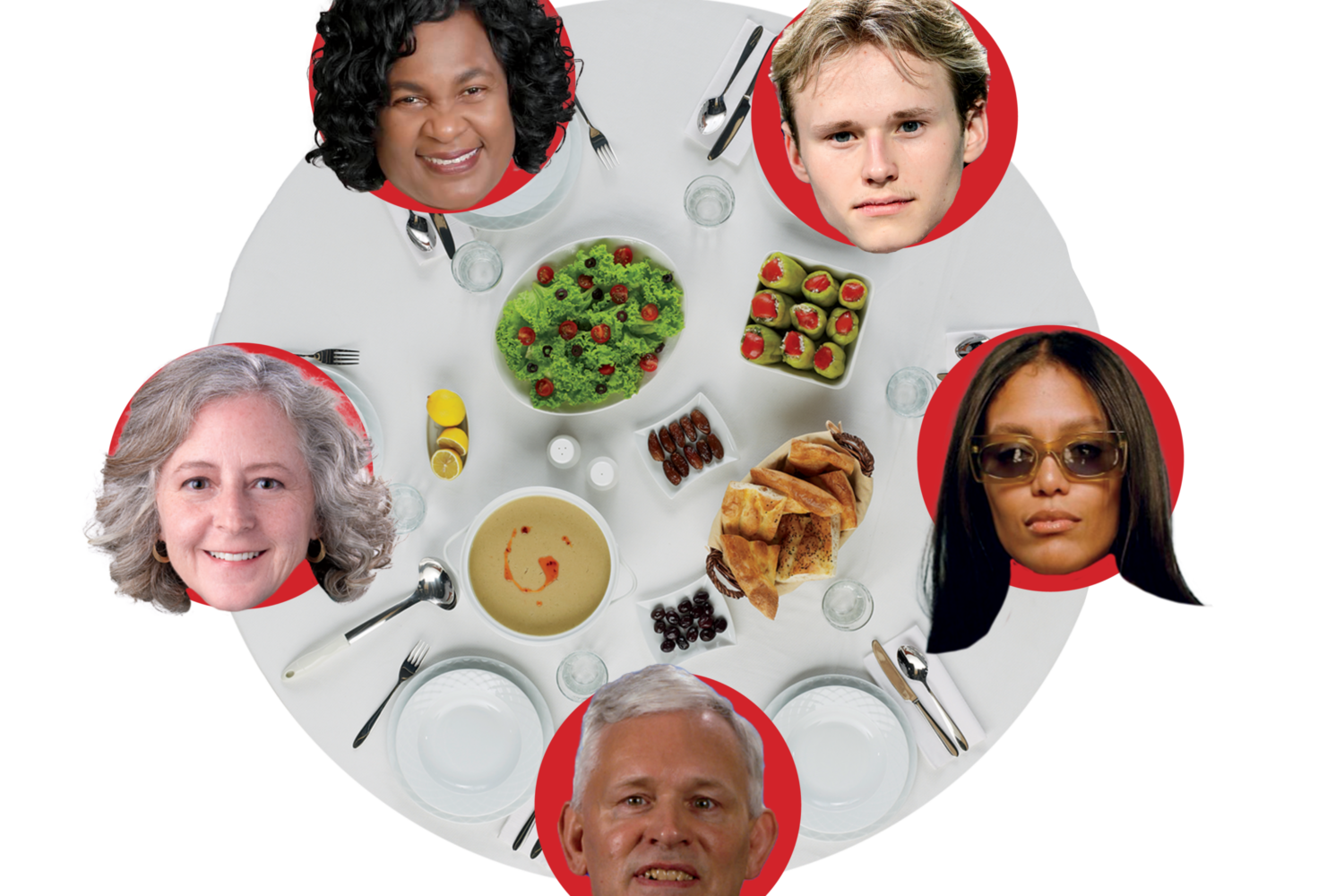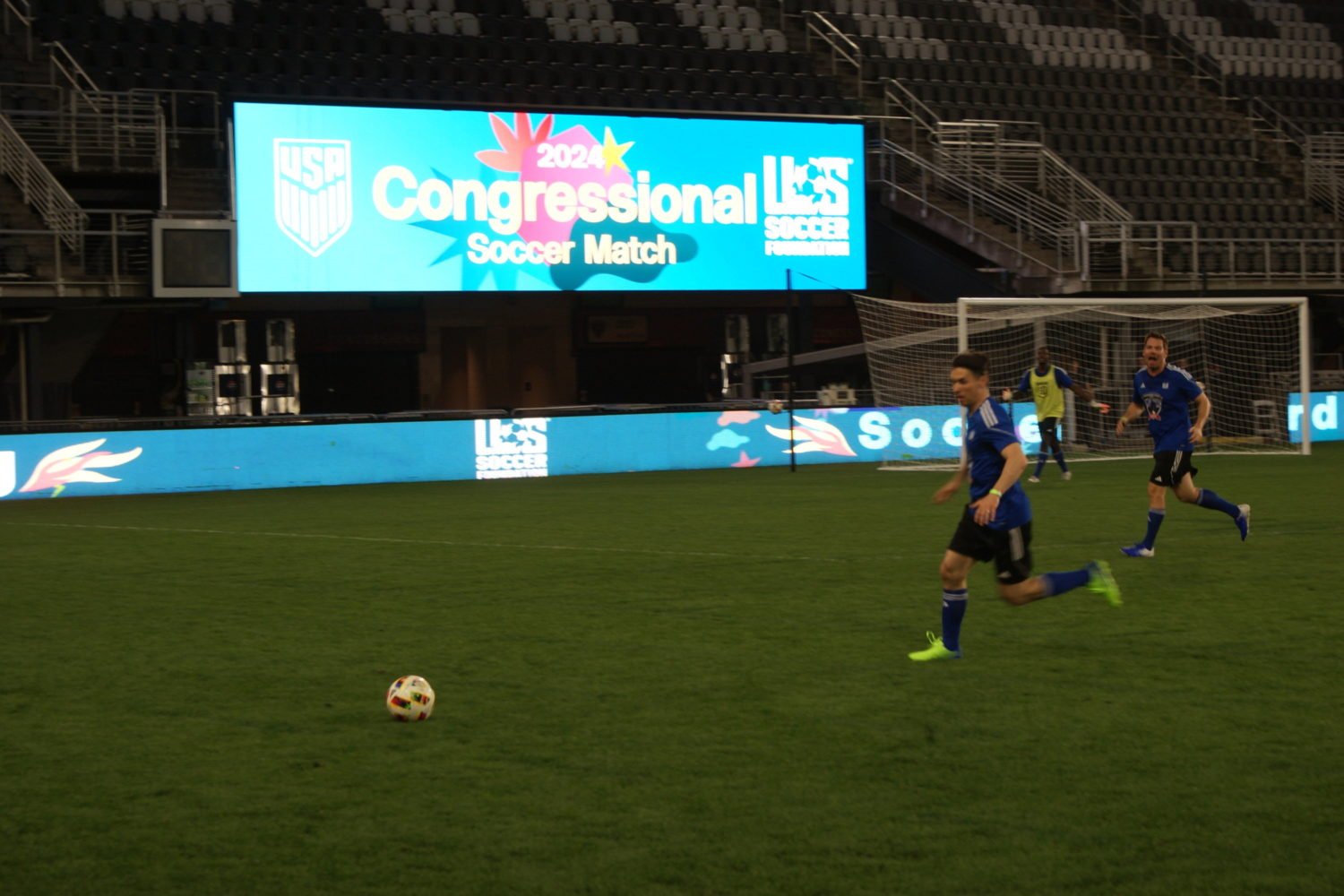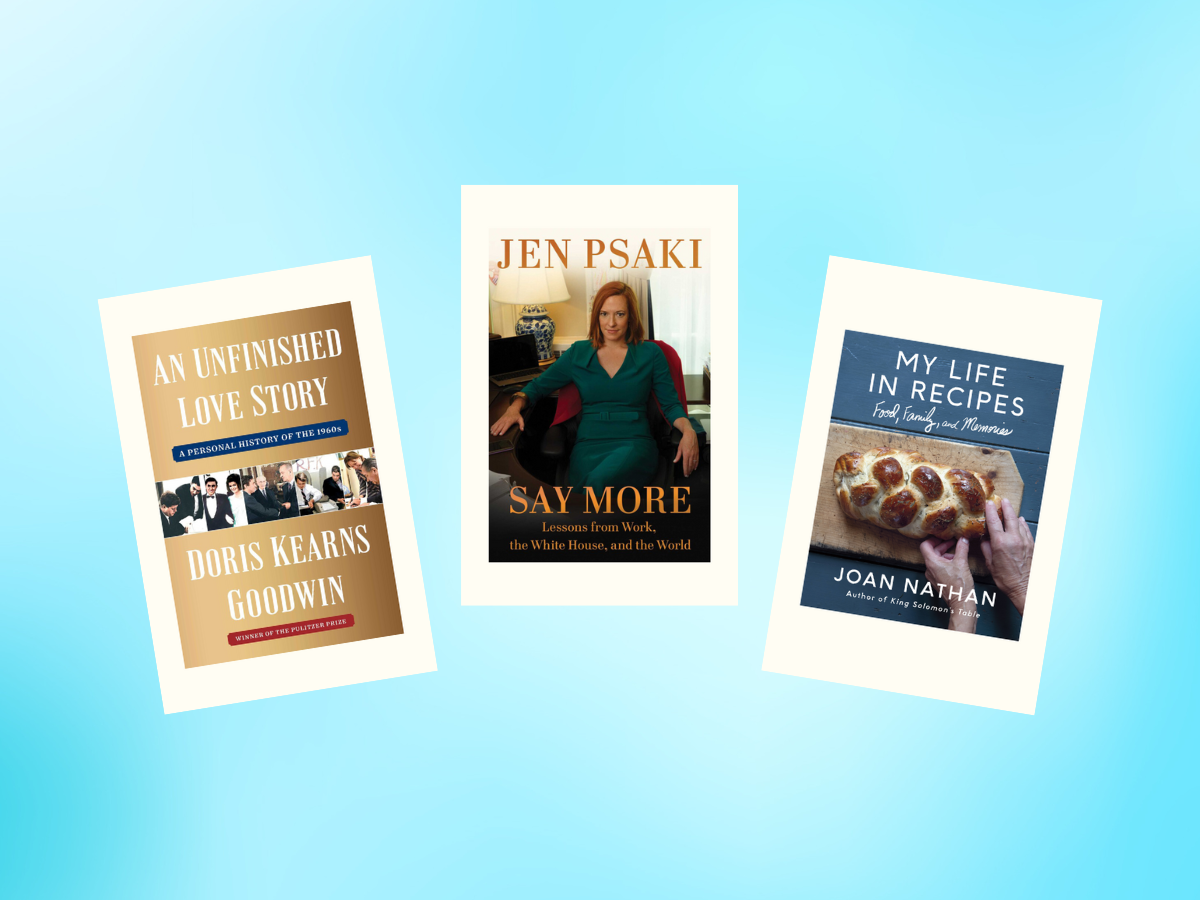“Futurists are trying to minimize surprises rather than predict dates for events,” says Tom Conger, founder of Social Technologies, a research and consulting firm that studies what’s coming next. “Futurists don’t predict the future so much as forecast a range of alternative futures. The goal is less about knowing what will happen and more about preparing for and shaping what could happen.”
Conger, 43, started Social Technologies to consult with nonprofits, federal agencies, and corporations. Based in DC’s Dupont Circle, it has offices in London and Shanghai.
Conger and his staff note trends—such as the growth of attention to “wellness” and consumer interest in the ethical implications of their purchases. They analyze those trends to show the effect that cultural changes have on the economy and that economic changes have on lifestyle. In 2000, he correctly predicted Internet-controlled kitchen appliances and the popularity of hybrid cars.
After getting a BS at Texas A&M, Conger conducted surveys before earning a master’s degree in futures research from the University of Houston–Clear Lake. In Washington, he worked for the think tank Coates & Jarratt and at Alexandria’s Institute for Alternative Futures, then started his own company in 1999. For MTV, he recently finished a study of what happiness means to 12-to-24-year-olds.
“You get to see a lot of the future in Washington before anywhere else because of the mix of cultures and the openness here,” he says. “For instance, couples of different races are so commonplace here that you don’t notice them much, but in other places, even if people are completely accepting, you’d notice them more.”
Conger lives in Alexandria with wife Laurel and sons Tom, nine, George, six, and Eli, four. At his office opposite the Brookings Institution, we talked about what he’s learned.
How will your children live as adults in 10 or 15 years?
Much will stay the same. Look at the built environment: What’s out my window will be largely the same. Friends and family stay. The difference is the tools we use in daily life.
Take college. Online educational offerings are improving, so you’ll see the prestigious university versus the economical degree that’s at least partly online.
My eldest child, Tom, will want the status of a university where learning is predominately face to face. George learns differently and is very social, so he may want a hybrid—online for his learning style but on campus for the social aspect. Our third, Eli, may want to finish as quickly as possible. Online you can learn at your own pace and get credits faster as opposed to just getting good grades.
Kids grow up with technology. Now when an e-mail server dies, some young workers say, “Should we go home?”—as if you can’t do anything without e-mail. Kids depend on technology for school, finances, social life, and entertainment, and they get anxious if they’re cut off or away from it.
Tom likes to read, but he plays video games more than he watches TV. Future entertainment will involve a screen but not necessarily a TV. There’ll be more give and take, more interactivity.
There’ll also be more global awareness. Young people will be citizens not just of the United States but of the world. Many of the boundaries we grew up with, our kids aren’t growing up with. They see a connection with and responsibility for all the world’s citizens—they go to school with people from different parts of the world, then go study in Argentina or Finland.
You did a survey of young people and happiness. What does happiness mean to them?
A lot of what you’d expect: good physical and mental health, enjoyment in the moment, plus friends, family, hobbies—connections with others.
The other component is how they see themselves as part of the larger world. Are they involved with a social movement or with religion? A purpose like this helps promote happiness.
The results we found are largely the same as what made kids happy 20 or 30 years ago. The key finding is that while kids have the same goals—fortune, fame, et cetera—they are more realistic now. Twenty years ago, a kid may have said, “When I grow up, I want to be a professional baseball player.” Now maybe there’s the same aspiration, but it’s more tempered by reality.
Why is that?
Kids grow up faster now, and much as we as parents try to shelter them, they’re exposed to everything from Iraq to celebrities’ drug problems to friends who are pregnant. They’re losing that sense of naiveté earlier.
It won’t keep them from their goals. They say, “If I really, really want to be a professional baseball player, what do I need?” And they look for the right team, the right coach, the right league.
That sounds like the joke about needing to get your children into the right preschool so they’ll get into Harvard.
Right, only it’s not a joke. And that sense of planning is not a bad thing. We’re in the business of encouraging foresight. People should see how one thing leads to another in life.
Are public transit and carpools the answer for traffic problems?
Any desirable city is going to have congestion. We should encourage carpools and Metro, but many people have a preference for their cars, so unless there’s some mass exodus, we have to get used to it.
We already have staggered work hours and high-occupancy toll lanes, where you pay more in peak hours. London has a fee for entering the central city at peak hours. We haven’t found the limit to how much people are willing to pay to cut their commute from 45 minutes to 25 minutes.
The most optimistic view is that telecommuting will continue to grow. The feds are trying to get more of that. We’re learning to manage knowledge workers from a distance, and workers are learning to keep social ties without an office environment.
What will robots do for the average home? We have vacuums . . . .
Now we have lawn mowers as well.
It’s a question of definition. Do you consider a dishwasher robotic? Look at artificial intelligence. Things will come along that people consider robots now—like vacuum cleaners—but they won’t consider them that in the future. We still think of robots as things with mechanical, moving parts, but perceptions will change.
Web sites that enable you to compare prices among retailers are a precursor to more active online agents that help you shop better—a digital personal shopper, if you will, that represents you to retailers. Your agent might combine product recommendations from the retailer with information only your agent would know. For example, I might expect my agent to know when my wife and I will become empty-nesters and suggest not only books to help us cope with the change but romantic vacations to help us celebrate it.
While at a clothing retailer, my agent might update my waist size and suggest that the jeans in my shopping cart with see-through patches are not only last summer’s clearance item but not age appropriate.
It’s also not unimaginable that agents might commingle first at online matchmakers before the singles they represent ever do—asking questions and providing answers according to privacy and honesty settings. Agents might be able to mutually assess the likelihood of a match based on textual analysis of each person’s e-mail history.
Or take Global Positioning Systems. GPS is a better navigator than I am. Spell check is a better speller than I am. What do we do now that can’t be done better by robots? Very little. It’s a matter of time. They’ll help you prepare dinner, please your lover, teach kids to read and write, take care of elderly parents, clean the house.
Japan has robots that take on cute characteristics and can bond with elders and help them pick things up and remind them to take medications. Through them, adult kids can look in on Grandma.
Will your car drive you, like in I, Robot?
Not in the next ten years, but we’re taking steps toward it. Scientists can now put metal markers along a lane, and the car knows to stay in the lane. We have collision-avoidance systems and a Lexus that parks itself. It will all come together at some point. What’ll hold us back is not technology but liability and legislation.
Cars will start communicating more. General Motors might be able to track the speed of all GM cars in an area and say, “Hmm, our cars are not moving fast here; there must be a slowdown.” If we’re part of the same AAA drivers club, our cars could report on traffic and weather conditions. At first they could report to a central place, but just like on the Web now, you’ll see more peer-to-peer communications. Drivers may be able to communicate as well: “I didn’t appreciate when you cut me off,” though not as polite as that.
Augmented reality is more important a development than virtual reality. In augmented reality, the names of buildings are projected onto my windshield as I drive through downtown DC. A lot of GPS systems and maps in the future will be an overlay of an illustrated version and a photo version. Just like on Google maps now, you can toggle between a real map and an illustrated version and even overlay them. It’s very cool.
How will values-based buying decisions affect what’s sold at grocery stores?
It has affected stores themselves. Whole Foods is the best example of values-based consumption.
Many people want to buy organic; it’s good for them and good for the environment. They want free-range chicken, even if that’s better only for the chicken. Wal-Mart has organic foods, so you know it’s mainstream.
The next premium offering will be locally grown, which implies freshness—even if it’s not—and a smaller global footprint, meaning the food doesn’t have to be transported far. Bananas or a box of cereal could have a label indicating its carbon footprint. In the next five years, some companies will use that to promote their products.
People will make values-based buying decisions when it’s convenient, but there’s a limit to how much inconvenience they’ll tolerate. They’ll buy organic eggs, but not if they have to drive ten miles to do it. If the convenience and price differential between organic and nonorganic comes down more—I think it will—more people will buy them.
Farmers markets may be the new models for stores, with produce delivered from nearby farms every week. But more likely, stores themselves will become farmers markets without the farmers; they’ll advertise those local growers’ goods.
Did you see sudoku coming?
No, but we did see two things that kept us from being surprised. One was the interest in brain gymnastics. There are toys in stores aimed at adults to stay mentally agile; Pogo.com is popular with middle-age women.
The other was the rise in the cultural influence of Asia. It used to be that we exported our culture; now a lot is coming here: Latin American soap operas, anime from Japan, Bollywood movies.
I can’t tell you the next Pokémon, but I can tell you the forces to monitor. For instance, South Korea is challenging Japan as a cultural influencer—witness its electronics and cars. South Koreans spend so much time with online games; I wouldn’t be surprised if the next hot one comes from there.
How has your work affected your marriage, diet, home, commute?
Everyone pestered my wife and me about when we’d get married, then when we’d have children. So we announced the year and month we’d conceive. Some thought we had jinxed it. We were off by one month and would have had it exactly had we not been on an airplane from Asia at the right time.
It’s still hard for my wife to describe what I do for a living. If someone asks and I feel like talking, I tell them I’m a futurist. If not, I tell them I’m a strategic planner. No one asks questions after that.
I see things that make me optimistic about my kids’ future—things improving in our lives, new ways to meet our challenges. A wave of technological changes is often followed by social advances—and those make more of a difference in people’s lives. And we’ve gone through a wave of technological changes for 35 years.
We have new ways of making decisions and working together. Look at the Web—it’s tended to replace some things that we were doing. Companies now have an online face instead of a brochure. E-mail has largely replaced the fax and letter.
We’ve moved on to doing things we couldn’t have done otherwise—for example, Wikipedia, with many people editing and contributing content. We never had that before. We’ve always had alumni directories, but now you can look on Facebook and see who lives where you’re going. In Facebook, I can see the latest information on people and maintain ties interactively.
Kids now talk about friends they’ve never met—and don’t necessarily distinguish them from friends they know in person. It really has changed relationships.
What’s been your biggest mistake?
Let’s see . . . in an eighth-grade assignment, I got one right and one wrong. I looked at computers and calculators and foresaw an electronic dictionary in calculator size. We have those now, and online. But I also had a subscription to National Geographic, which showed all those natives with their expanded earlobes and tattoos and body decorations. I saw my mom and sisters with pierced ears and my dad with a tattoo from the Navy. So I predicted that as societies modernized, they’d get away from all that. Well, now Miami Ink on TV follows a tattoo parlor; body decorations are very popular.
The lesson is that technological forecasting is much easier than social forecasting.
What are your lessons of life?
We often admire least in children what we admire most in adults. I see families visiting the monuments of DC, and the parents are reprimanding their children for the very values and behaviors being honored at those monuments: nonconformity, independent thinking, zealousness, bravery, leadership, protesting what appears to be unfair or inequitable.
With three young boys of my own, I sympathize. But I often fast-forward the behavior to another time and place, when my adult children are exhibiting the same behavior at the helm of a company or at a political rally or in any challenging situation that adults must face. It makes me proud—and keeps me from wringing their necks.







